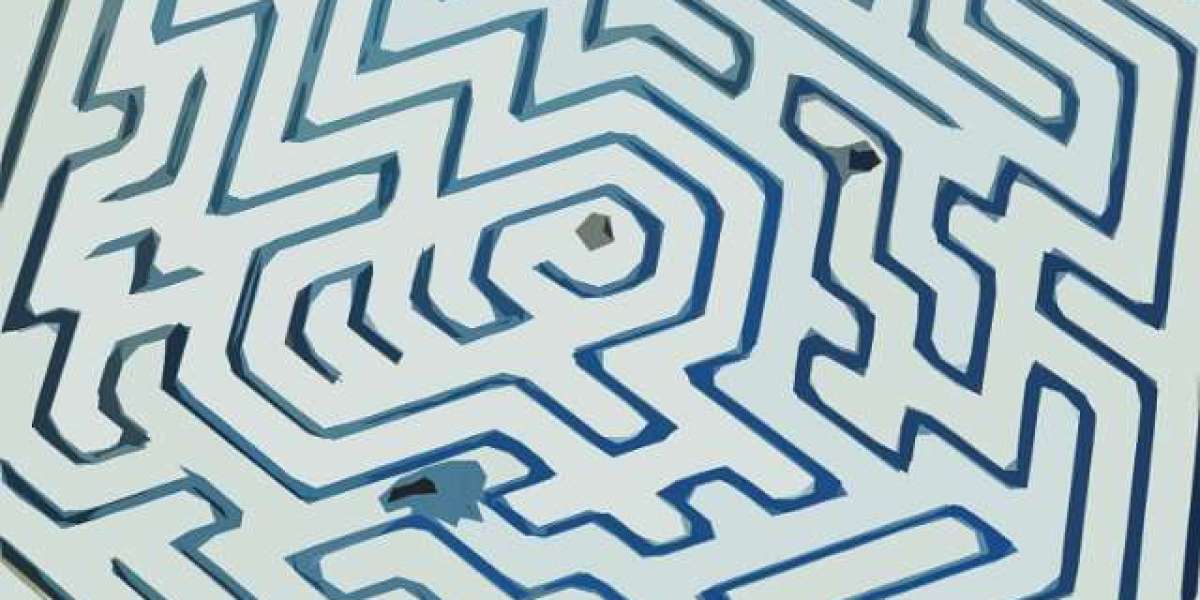Experiencing a car breakdown is stressful at any time, but a nighttime breakdown can be particularly dangerous. Reduced visibility, lower traffic awareness, and increased risks of accidents make it critical to follow safety measures. Roadside Assistance plays a vital role in these situations by providing timely and professional help, ensuring that drivers are not left stranded in unsafe conditions. Understanding the right precautions to take during a nighttime breakdown can save lives, prevent injuries, and minimize further damage to your vehicle.
Understanding the Risks of Nighttime Breakdowns
Driving at night comes with inherent challenges, including limited visibility, fatigue, and higher chances of encountering impaired drivers. When a car breaks down after dark, these risks intensify.
Visibility Concerns
Low light conditions reduce your ability to see hazards, other vehicles, or pedestrians. Stopping on a roadside without proper warning can make your car difficult to spot.
Higher Accident Risk
Stranded vehicles at night are more likely to be hit by passing traffic, especially on highways or poorly lit roads.
Safety Threats to Drivers
Being outside the vehicle in darkness increases the risk of personal injury from moving traffic or unsafe surroundings.
Immediate Actions to Take During a Nighttime Breakdown
Knowing how to react immediately can prevent accidents and ensure your safety until help arrives.
Move Your Vehicle to a Safe Location
If possible, guide your vehicle to the shoulder, a parking area, or any well-lit space away from active lanes. Avoid stopping in curves or blind spots where oncoming drivers cannot see you.
Turn on Hazard Lights
Activate hazard lights to alert other drivers of your presence. This is essential for visibility and accident prevention.
Use Reflective Warning Devices
Place reflective triangles or cones behind your vehicle to signal approaching traffic. This helps create a visible safety perimeter around your car.
Stay Inside the Vehicle if Unsafe
If stopping on a busy highway, it is often safer to remain inside with seat belts fastened rather than attempting to walk in the dark near moving traffic.
Contacting Roadside Assistance
Professional Roadside Assistance is crucial during nighttime breakdowns. They provide trained technicians and safe solutions quickly.
Provide Accurate Location Details
Communicate your exact position, landmarks, or GPS coordinates to ensure help reaches you promptly.
Describe Vehicle Issues Clearly
Explaining the problem clearly allows roadside technicians to prepare necessary tools and equipment for faster repair.
Stay Connected
Keep your phone charged and maintain communication with the assistance provider until help arrives.
Safety Gear and Essentials to Carry
Preparation can make a significant difference during a nighttime breakdown.
Flashlight or Headlamp
A flashlight or headlamp increases visibility and allows you to inspect your vehicle safely.
Reflective Vest or Clothing
Wearing reflective gear ensures that you are visible to oncoming traffic, reducing accident risk.
Emergency Tools
Carry jumper cables, a spare tire, tire jack, and basic repair tools for minor interventions.
Roadside Warning Devices
Portable reflective triangles, cones, or LED flares improve visibility and safety at night.
Avoiding Common Mistakes
Certain actions can increase danger during nighttime breakdowns. Avoid these to stay safe:
Walking on the Road
Walking along highways or unlit roads is extremely risky. Only exit the vehicle if necessary and safe.
Ignoring Hazard Signals
Failing to turn on hazard lights or use reflective devices puts both you and other drivers at risk.
Attempting Complex Repairs
Avoid trying to fix major mechanical issues on-site. Minor fixes like tire changes or jump-starts may be safe, but complex repairs should be left to professionals.
Panicking
Stay calm and methodical. Panicking can lead to unsafe decisions, such as exiting the vehicle into traffic or neglecting hazard signals.
Preparing Your Vehicle for Nighttime Safety
Preventive maintenance reduces the likelihood of nighttime breakdowns.
Regular Battery Checks
Ensure your battery is in good condition, as failures at night can leave you stranded in the dark.
Tire Inspection
Check tire pressure and tread depth regularly to avoid blowouts or punctures.
Lighting and Electrical Systems
Functional headlights, brake lights, and hazard lights are essential for visibility at night.
Routine Mechanical Maintenance
Regular servicing reduces the risk of unexpected engine, brake, or transmission failures during night driving.
Benefits of Having Roadside Assistance
Roadside assistance offers significant advantages during nighttime breakdowns.
Quick Response
Technicians are dispatched promptly, reducing the time spent in unsafe conditions.
On-Site Repairs
Minor issues like dead batteries or flat tires can often be resolved at the scene.
Safe Towing
If repairs cannot be completed on-site, roadside assistance ensures safe transport to a trusted garage.
Peace of Mind
Knowing that professional help is available 24/7 reduces stress and enhances driver confidence.
Real-Life Scenarios Illustrating the Importance
Highway Breakdowns
A car stranded on a dark highway shoulder without hazard lights or warning triangles can lead to collisions. Roadside assistance provides rapid intervention, preventing accidents.
Remote or Desert Roads
Kuwait’s remote roads and desert areas pose additional risks at night. Roadside assistance ensures safe towing and on-site support, even in isolated locations.
Urban Night Driving
Even in cities, poorly lit streets or traffic congestion can make breakdowns dangerous. Roadside services offer quick solutions, allowing drivers to continue safely.
Long-Distance Travel
Nighttime travel increases fatigue and reduces visibility. Access to roadside assistance provides reliable support in case of unexpected mechanical failure.
Technology and Nighttime Roadside Assistance
Modern technology enhances roadside support during night breakdowns.
GPS Tracking
Technicians can locate stranded vehicles quickly, even in low-visibility or remote areas.
Mobile Applications
Apps allow drivers to request help, track arrival times, and communicate vehicle issues directly.
Emergency Response Networks
Integrated networks connect roadside technicians, garages, and towing services for fast and coordinated support.
On-Site Diagnostic Tools
Advanced equipment allows technicians to perform quick repairs safely, even in the dark.
Preventive Measures to Minimize Nighttime Risks
Schedule regular vehicle maintenance to prevent unexpected failures.
Test headlights, hazard lights, and brake lights frequently.
Keep emergency kits, reflective gear, and warning devices in the car at all times.
Memorize your roadside assistance provider’s contact information and ensure 24/7 access.
Plan routes with safe stopping areas in case of emergencies.
Conclusion
A nighttime car breakdown is inherently riskier than daytime incidents, but proper precautions and professional support can mitigate these dangers. Following safety measures—such as moving to a safe location, using hazard lights, staying visible, and contacting Roadside Assistance—ensures that drivers remain safe until help arrives.
Roadside assistance not only provides timely and expert support but also saves time and prevents further damage or accidents. For every driver, especially those who frequently travel at night, having access to reliable Roadside Assistance is indispensable. It ensures peace of mind, safety, and uninterrupted journeys, making it an essential part of responsible vehicle ownership.







